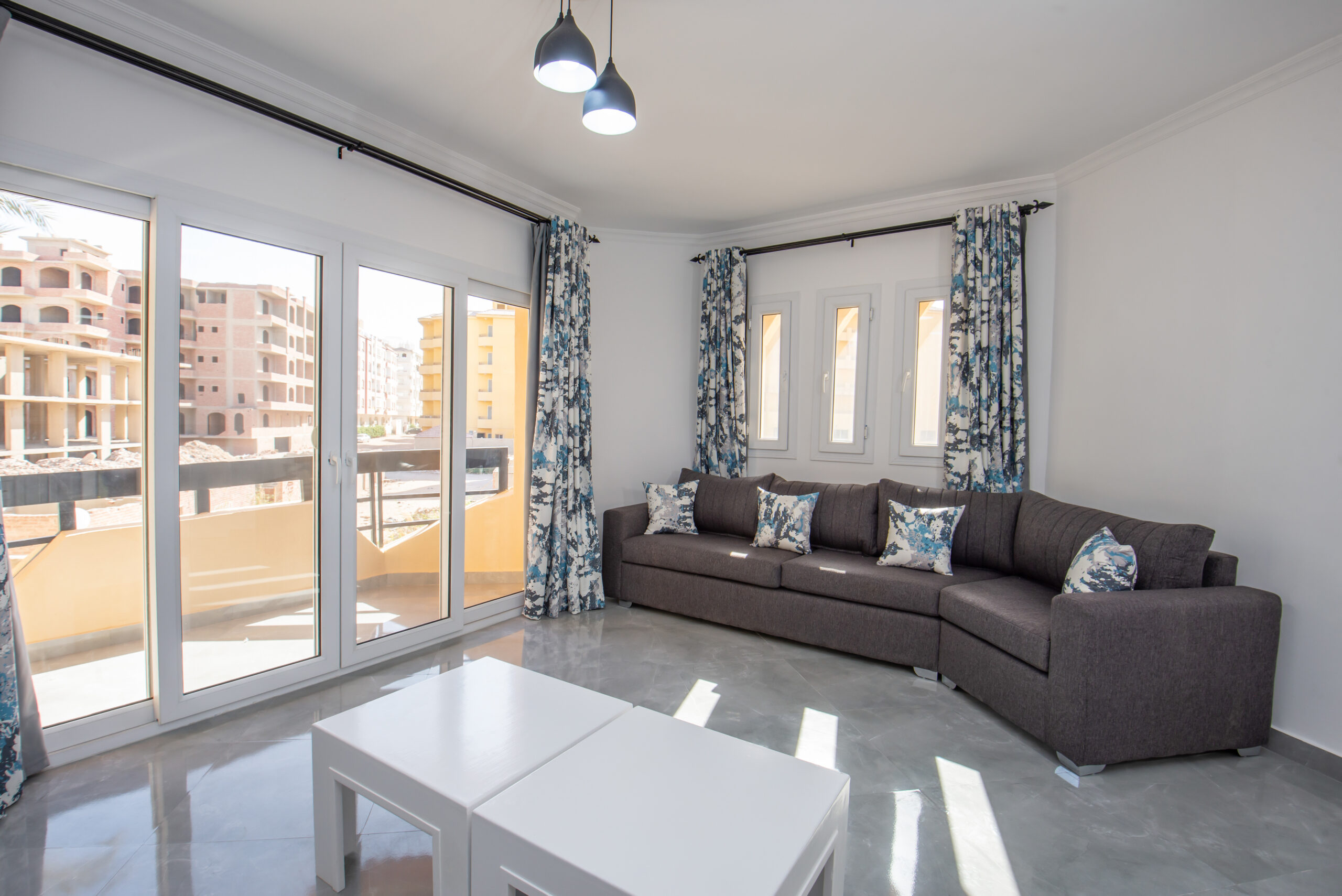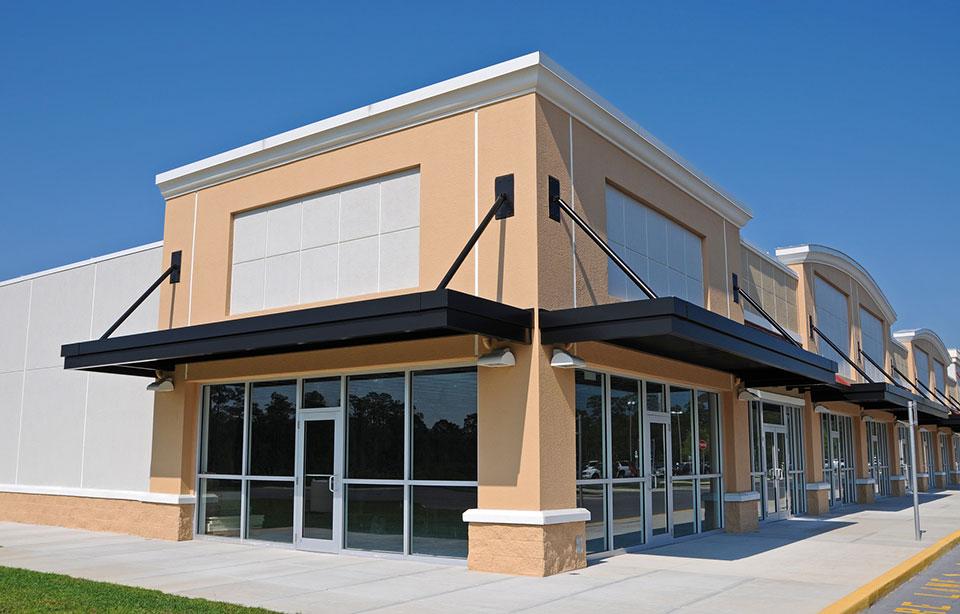In the world of interior design and architecture, one often encounters the challenge of maximizing space while maintaining aesthetics and functionality. Sliding doors, a design element that has been around for centuries, have proven time and again to be a versatile solution to this challenge. Peter L Brown, a renowned architect and interior designer, recognizes the immense potential that sliding doors offer in transforming spaces. In this article, we will explore the versatility of sliding doors and how Peter L Brown has harnessed their potential in various projects.
Space Optimization
One of the most significant advantages of sliding doors is their ability to optimize space. Unlike traditional hinged doors that swing open and require clearance, sliding doors move horizontally along a track. This means that they do not encroach upon valuable floor space when opened. Peter L Brown has used this feature to great effect in small living spaces, where space efficiency is paramount. By incorporating sliding doors into his designs, he has allowed rooms to feel more open and less confined, creating an illusion of more significant space.
Seamless Transitions
Sliding doors also excel at creating seamless transitions between indoor and outdoor spaces. This is particularly important in modern architecture, where the lines between indoor and outdoor living are often blurred. Peter L Brown has employed sliding doors in many of his projects to connect interior spaces with patios, gardens, or balconies. These doors enable occupants to enjoy the best of both worlds, allowing natural light to flood the interior while providing easy access to the outdoors.
Aesthetic Appeal
Beyond their practical benefits, sliding doors also add an element of elegance to any space. Their sleek, minimalist design complements various architectural styles, from contemporary to traditional. Peter L Brown has a keen eye for aesthetics and often uses sliding doors as a focal point in his designs. Whether crafted from wood, glass, or metal, these doors can be customized to match the overall aesthetic of a room or building, enhancing its visual appeal.
Functionality and Flexibility
Sliding doors are not limited to just one type or style. They come in various forms, including pocket doors, barn doors, and telescoping doors, each offering unique functionality and flexibility. Peter L Brown has harnessed this diversity to address specific design challenges in his projects. For instance, pocket doors are excellent for saving space in tight quarters, while barn doors can add a rustic touch to a room. Telescoping doors, on the other hand, are ideal for creating a dramatic entrance or dividing larger spaces as needed.
Privacy and Sound Control
In some situations, privacy and sound control are essential considerations. Sliding Doors can be equipped with specialized hardware and materials to address these concerns. Peter L Brown has integrated soundproof sliding doors in his designs for home offices, bedrooms, and libraries, ensuring that occupants can enjoy peace and quiet when needed.
Conclusion
The versatility of sliding doors cannot be overstated. They offer solutions for space optimization, seamless transitions, aesthetic enhancement, functionality, and privacy. Peter L Brown, a visionary architect and interior designer, has harnessed the potential of sliding doors in numerous projects, elevating the design and functionality of the spaces he creates. As we continue to explore innovative design solutions, it is clear that sliding doors will remain a valuable tool in the hands of designers like Peter L Brown, shaping the way we experience and interact with our living spaces.






